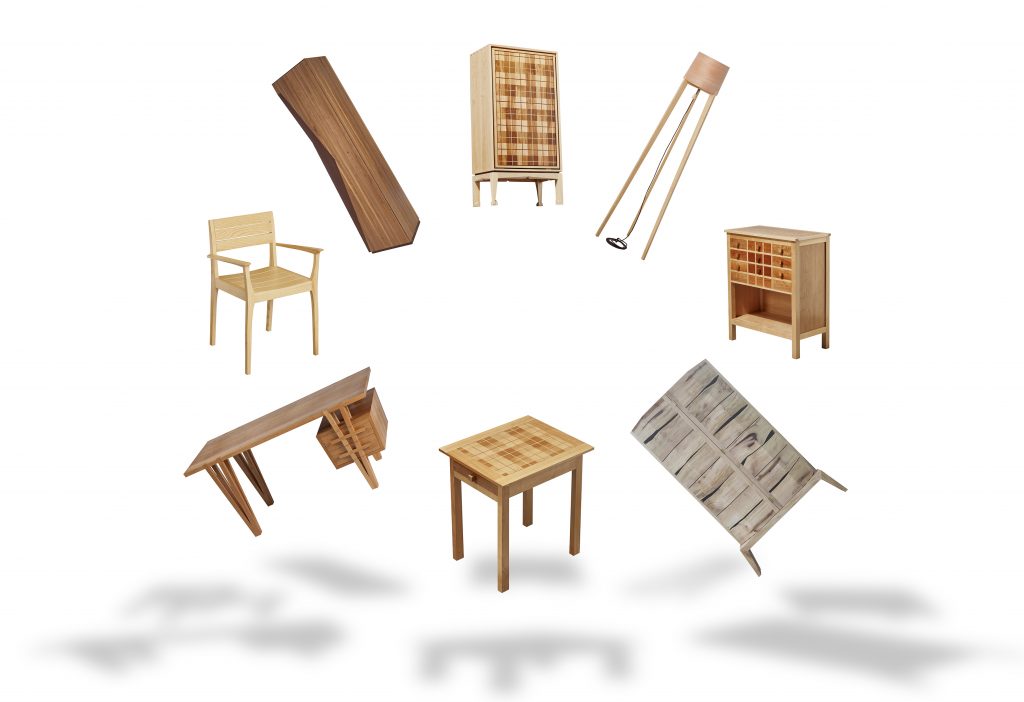Cabinets of Curiosity at DDW 2016
22nd until the 30th of October. See the events page for more details.

The key to our civilisation
We measure civilisations by the things they left behind. Ideas feature heavily but, more often than not, ideas have been lost and it is left to us to unravel them from the artefacts that are found buried in some farmer’s field or in the foundations of a major building project in a city centre. Monumental achievements, but also domestic ones. In fact, the level of luxury in domestic life can tell us rather more about a civilisation than the huge towers they built or expansive bridges they constructed. How people lived and treated each other is an important indicator of how civilised they were. But how they buried their dead too.
Read like an Egyptian
I wonder what we would have made of Tutankhamun’s tomb if it had been full of flat-pack furniture. Perhaps the pictogram instructions would have helped us to unravel their hieroglyphics more quickly? Everything has two sides. A back and a front. A top and a bottom. Well, in the world of furniture it is common.
Hidden underground
So, apart from burial sites, another great place for human archaeological finds has always been rubbish dumps. In the past, landfills were full of broken glass and metal, bits and pieces that all told their own stories. Working backwards, experts could establish which tools had been used to make things from the marks that had been left on the undersides. Knowing which tools had been used revealed levels of advancement. But as most of our disposable MDF furniture is dumped and turned into slurry within weeks of exposure to the elements, what will there be left to uncover? To tell future generations how we lived? Perhaps all that will remain will be a bunch of chewed Allen keys used to put the flat packs together.
Your choices could may well be the key to our civilisation.
